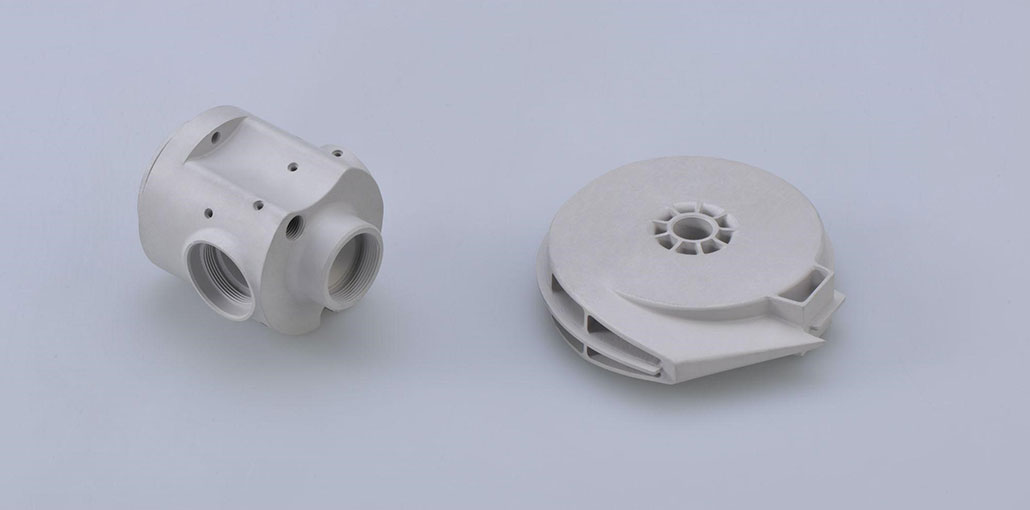There is a surprisingly high number of simple objects and tools used in everyday activities that are made using the technique called plastic injection molding. It can be anything from a hairbrush, and some construction materials to children’s toys.
Although the technology developed quite rapidly in recent decades, the same methods of creating objects, medical items, and materials used in construction have been used since the mid to 1800s when this technique was initially introduced.
Below, we’ll lay out the evolution of this widely utilized production process, but first, let’s see and understand what plastic injection molding actually is.
What Is Plastic Injection Molding?
In a few sentences, plastic injection molding is a process of manufacturing by shaping liquid raw material that is injected into a solid form called a matrix or mold. Then these molds are subject to solidification or cooling that form the final shape of an object.
Basically, plastic injection molding is a repetitive manufacturing process that provides for cost-efficient production of a very large number of uniform parts where plastic raw material is heated to a certain temperature and injected into molds. Raw material usually comes in the granules or powder form which is melted in the injection unit and then by using very high pressure it is injected into the molds.
The cooling part is done by using a cooling tower or chilled water through many tiny channels around the mold. Once the plastic is cooled, then it is ejected from the mold and the process is starting a new production.
Now that you know what plastic injection molding is and how it works, we can turn to the process’s history and evolution throughout the years.
Also read: Best 3D Printing Business Ideas for Startup
The Evolution Of Plastic Injection Molding
The Beginnings
Plastic, as a material, is an invention that dates back to the mid-1800s. However, although its invention was a huge breakthrough for the manufacturing world, it certainly was very complicated to shape objects from the material up until the 1870s when the plastic injection molding process was discovered.
The process was developed shortly after a more ductile form of raw material was produced, enabling the much easier shaping of plastics into different objects. That was a primary tread that introduced the contemporary injection molding method, used more or less in the same manner even today. The early molds used two parts, one to make the pattern and the second was used to easily eject the finished item.
During The War
During WWII many production processes were changed due to higher demand for different products. The rubber suction cup, for example, underwent the production transformation based on plastic injection molding. A tailspin plunger was designed that helped the process to be completed simpler.
The technology of adding different ingredients such as colorant and other additives, which were mixed with the plastics and then molded together, was explained as a screw-type injector process. The latest helped the mass production of different objects and products used by the vast majority of the population.
In 1942 the Society of Plastic Sales Engineers was established to promote the use of plastics in different auto parts production but also to promote the development of standards for production and distribution.
Nowadays
What has changed nowadays in this production method were mostly the materials used, not the process itself. Plastics in different colors and types are available and in a broader variety than in the early plastic production days.
Depending on the industry and use of products, different additives are applied so final products have required specifics such as durability, melting points, resistance to the sun or severe cold exposure, different colors, etc.
Although contemporary molds also have two main parts, the pattern, and the ejection part, due to computer-assisted production, molds can be developed in different and more complex shapes and may consist of more than two parts in order to satisfy the complexity of molds and quality of final products.
Also read: Top 10 Production and Manufacturing Trends In the Future
The production of plastic parts and units covers many different industries and consumer needs such as the packaging items, including cups for bottles, cars and airplane components, home appliances, medical tools, and electronic pieces. In addition, plastic injection molding has a special place in the children’s world of toys.
Final Words
The injection molding process contributes to a higher quality of everyday life by supplying products that are regularly used by most people. Whether they are personal care, healthcare industry products, toys, or food and beverage containers. Simply, a full modern lifestyle is hard to imagine without these products.
The plastic injection molding industry has become a significant production sector that leads to the prosperity of many different subsectors such as material manufacturing, machine builders, and mold makers. This industry changed the whole world and brought to existence several other injection processes which use different materials such as rubber or metal.










Leave a comment